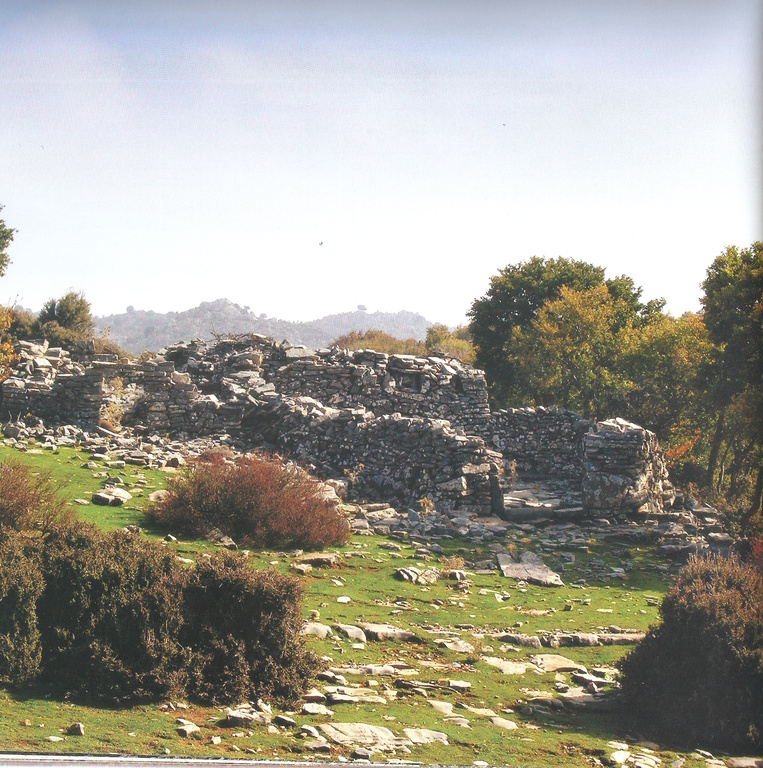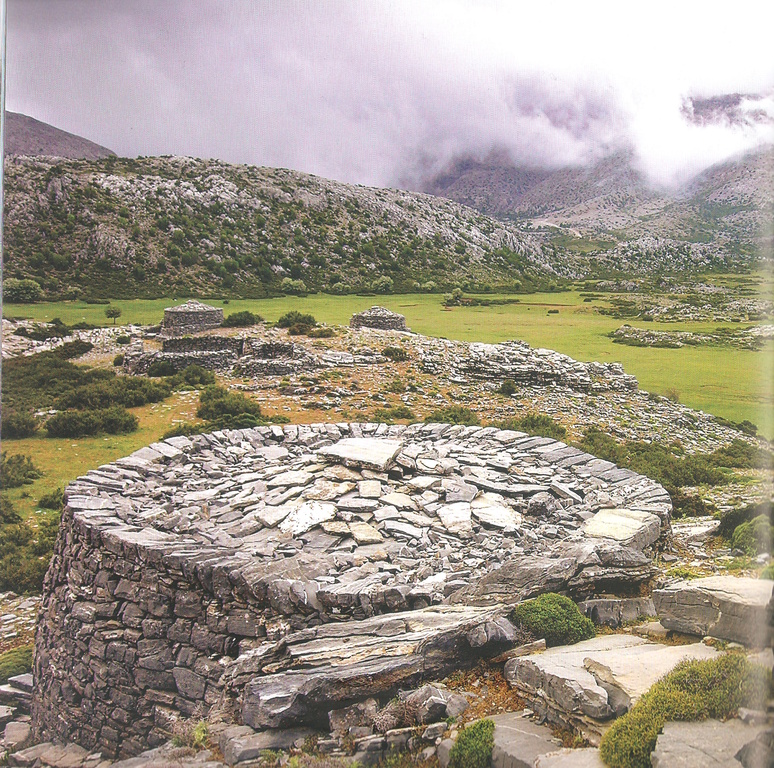Nida Plateau is located at the centre of the Psiloritis range. Its name results from the contraction of the words “in Ida” (in Greek “stin Ida”). The plateau is completely flat and covered by a wild grass species, the Asplenium ceterach, which the locals call golden grass. In earlier times, before systematic cattle breeding and logging destroyed the flora of Mt. Psiloritis, Nida was covered by forests. According to legend, goddess Demeter fell in love with the mortal Jason here, and the Renaissance hero, Charidimos, wandered hunting and enjoying life with his sweetheart. In modern history, Nida Plateau was the site of many uprises by inhabitants of the surrounding areas and during the period of Nazi occupation the area was a Resistance fighters’ shelter. Today, Nida is a rich pastoral area full of dry-stone mitata used by shepherds for seasonal accommodation and for housing their dairy farming activities. Mitata are built in a circular domed shape and are used by shepherds to shelter themselves and store cheese. What is striking is that the construction method is the same as that of the Minoan vaulted tombs. No mud or other cohesive material is used for their construction, but only large stones from the same site where the mitato is located. The entrance to the mitato is identical to that of the Minoan vaulted tomb usually facing east. At the top
of the dome there is always an opening to let light in and smoke from the fire lit in the centre of the room out. The mitato is usually accompanied bya second building, the “tyrokeli”, i.e., the cheese storing premises, while the complex is completed a paddock, also made of dry stone. All these structures are adapted to local conditions and are best suited to withstand the weight of the snow that covers them in winter.

 16 December 2025
16 December 2025





